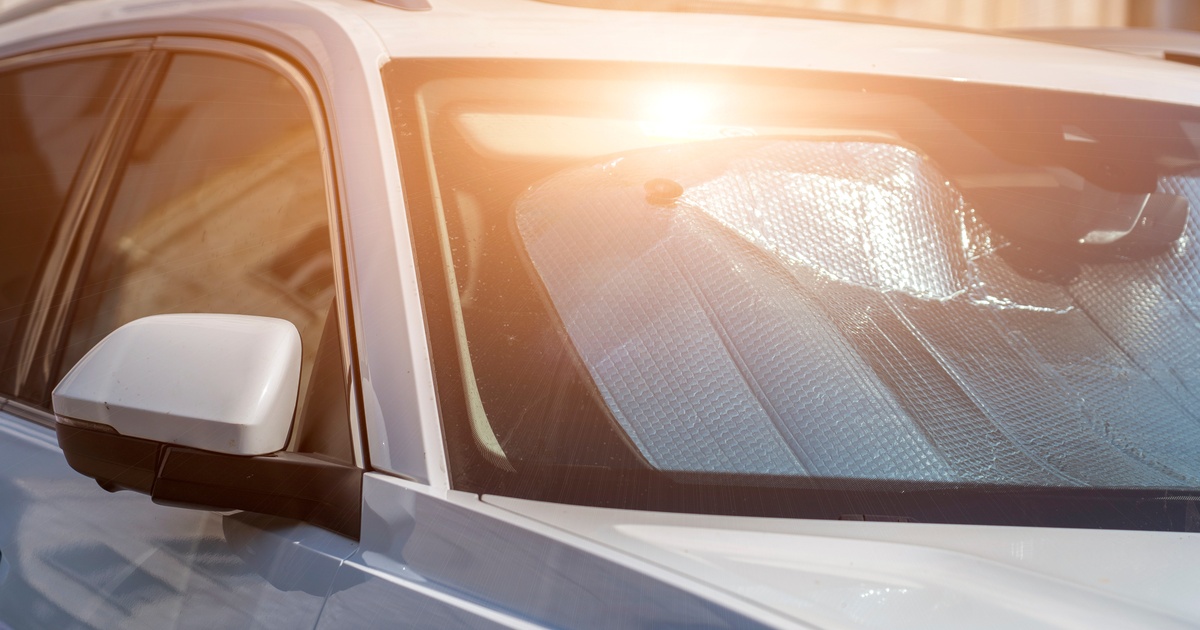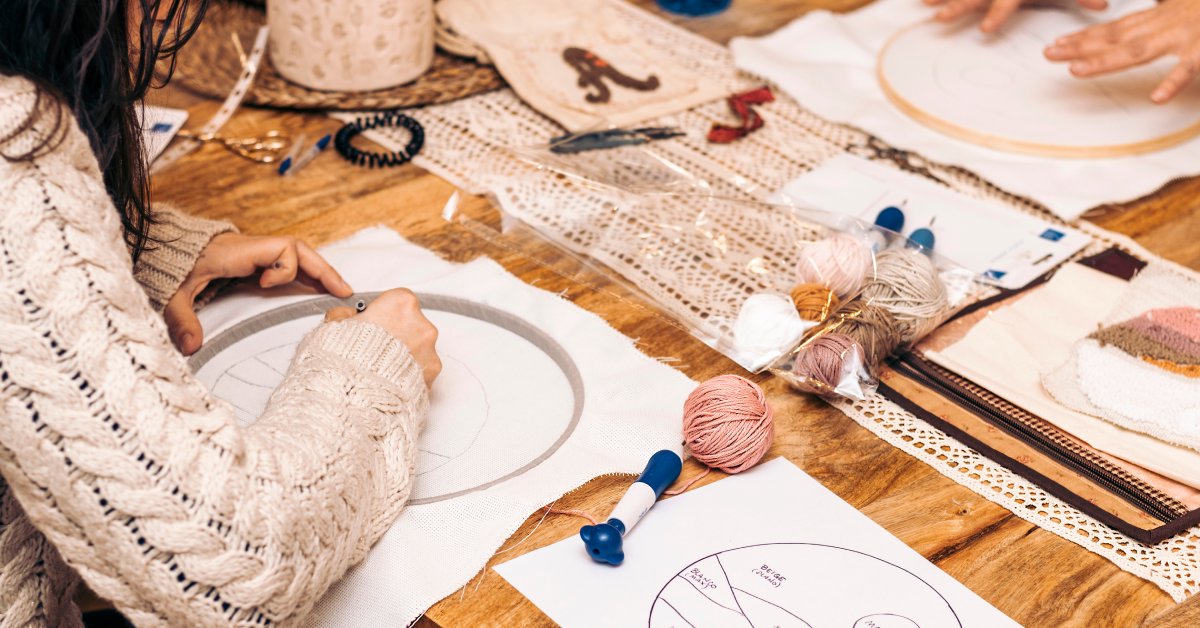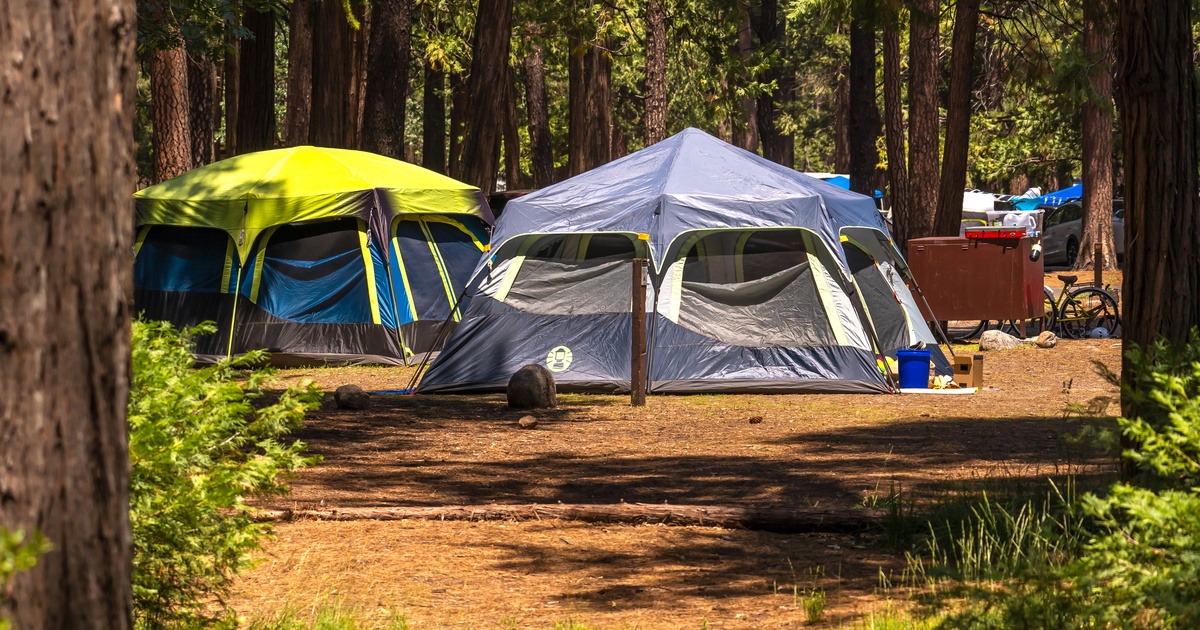Tips To Keep a Parked Car Cooler in the Heat
Summer heat transforms your parked car into a furnace within minutes. Interior temperatures can soar 40 degrees higher than the outside air, turning your steering wheel into a branding iron and your seats into hot plates. This extreme heat doesn’t just make your next drive uncomfortable; it damages your car’s interior, fades upholstery, and creates safety hazards.
The good news? You can dramatically reduce your car’s interior temperature with a few smart strategies. These proven methods will keep your vehicle cooler, protect your investment, and make those scorching summer drives bearable. Whether you’re heading to work, running errands, or enjoying a day at the beach, these tips will help you keep a parked car cooler in the heat, saving you from that dreaded blast of hot, oven-like air when you return.
Find Shade Whenever Possible
Parking in shade remains the most effective way to keep your car cool. Trees, buildings, covered parking structures, and even other vehicles can provide valuable protection from direct sunlight. A car parked in shade stays approximately 20 to 30 degrees cooler than one baking in full sun.
Look for natural shade from mature trees with dense canopies. Building shadows work well, though you’ll need to consider how the sun moves throughout the day. That perfect shaded spot at 9 AM might become a solar oven by 3 PM. Multi-level parking garages offer consistent protection, making them worth the extra walk or small parking fee.
When shade isn’t available, create your own strategic positioning. Park so that your car faces away from the sun’s path, reducing direct heat exposure through your windshield and front seats.
Install a Windshield Sunshade
A quality windshield sunshade blocks the sun’s rays from penetrating your car’s largest glass surface. These affordable accessories reduce interior temperatures by 15 to 20 degrees while protecting your dashboard from cracking and fading.
Choose reflective sunshades made from materials like mylar or aluminum. These surfaces bounce sunlight away rather than absorbing it. Accordion-style shades fold compactly for storage, while custom-fit options provide better coverage. Some drivers prefer the convenience of roll-up shades that attach to your windshield with suction cups.
Position your sunshade properly for maximum effectiveness. It should cover the entire windshield and fit snugly against the glass. The reflective side should face outward to deflect heat rather than trap it inside your vehicle.
Crack Your Windows Slightly
Creating air circulation prevents your car from becoming a sealed heat trap. Crack your windows about half an inch to allow hot air to escape and fresh air to circulate. This simple technique can reduce interior temperatures by several degrees.
Open windows on opposite sides of your vehicle to create cross-ventilation. Hot air rises and escapes through higher openings while cooler air enters through lower ones. Rear windows often work well since they’re less likely to let rain in if weather conditions change.
Security concerns make some drivers hesitant to leave windows open. Cracking windows just slightly—enough for air flow but not enough for someone to reach inside—addresses this issue while still providing cooling benefits.
Protect Your Seats and Steering Wheel
Direct sunlight turns leather and vinyl surfaces into skin-scorching hazards. Seat covers, steering wheel covers, and dashboard mats create barriers between the sun and your car’s interior surfaces.
Light-colored covers reflect more heat than dark ones. Mesh covers allow air circulation while providing protection. Towels work in a pinch, though purpose-made covers stay in place better and look more polished.
Your steering wheel deserves special attention since you’ll grip it immediately upon returning to your car. A steering wheel cover prevents burns and makes driving comfortable right away. Some drivers keep a small towel specifically for draping over their steering wheel.
Consider Professional Window Tinting
Window tinting provides ongoing protection that works every time you park. Quality tinting films block up to 99 percent of harmful UV rays while reducing heat gain significantly. Window tinting protects your vehicle’s interior from sun damage, fading, and cracking while keeping temperatures more manageable.
Professional installation ensures proper coverage and longevity. Different tinting levels are available, from light films that provide UV protection without dramatically darkening windows to darker options that offer maximum heat reduction. Check your local regulations, as some areas restrict tinting darkness on certain windows.
High-quality ceramic tints outperform cheaper alternatives. They block more heat without interfering with electronic devices or creating a metallic appearance. The investment pays off through increased comfort, reduced air conditioning usage, and preserved interior condition.
Use a Full Car Cover
Car covers provide comprehensive protection if you intend to park for extended periods. They shield your entire vehicle from sun exposure, prevent heat buildup, and protect your paint and interior.
Choose breathable fabrics that allow air circulation underneath. Reflective covers work exceptionally well in hot climates, bouncing sunlight away from your vehicle’s surface. Custom-fit covers provide better protection than universal sizes, though they require more storage space and setup time.
Car covers work best for longer parking situations like airport trips, storage periods, or all-day events. They’re less practical for quick stops but invaluable when protecting your vehicle during extended sun exposure.
Seek Covered Parking Options
Garage parking provides the ultimate protection from heat and sun damage. When available, covered parking eliminates temperature extremes and protects your vehicle’s exterior and interior simultaneously.
Parking garages, carports, and covered lots offer varying levels of protection. Underground garages stay coolest since they’re insulated from outside temperatures. Above-ground covered areas still provide shade and wind circulation that keeps vehicles significantly cooler than open parking.
Some workplaces, shopping centers, and public venues offer covered parking. These spots often cost more or fill up quickly, but the comfort and protection they provide make them worthwhile investments during hot weather.
Apply Interior Protection Products
UV protectant sprays and conditioners help your car’s interior withstand sun exposure. These products create protective barriers on dashboard, seats, and other surfaces while preventing fading, cracking, and deterioration.
Apply protectants regularly, especially to surfaces that receive direct sunlight. Dashboard protectants prevent cracking while maintaining appearance. Leather conditioners keep seats supple and resistant to heat damage. Vinyl and plastic protectants reduce fading and maintain flexibility.
Keeping your parked car cool in the heat requires combining multiple strategies based on your situation and available resources. Start with simple solutions like finding shade and using windshield sunshades, then consider long-term investments like window tinting for comprehensive protection.
Share this content:














Post Comment